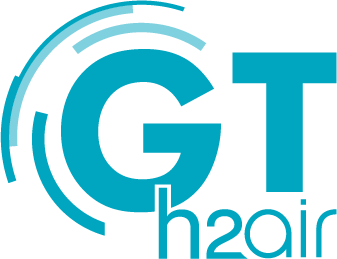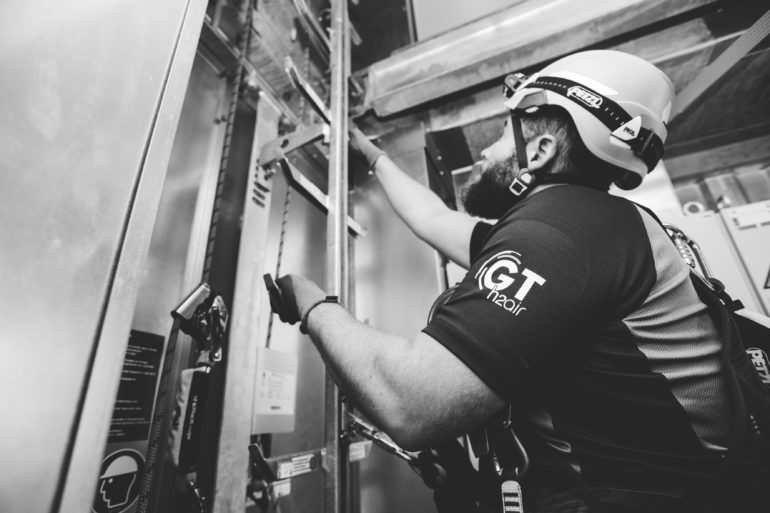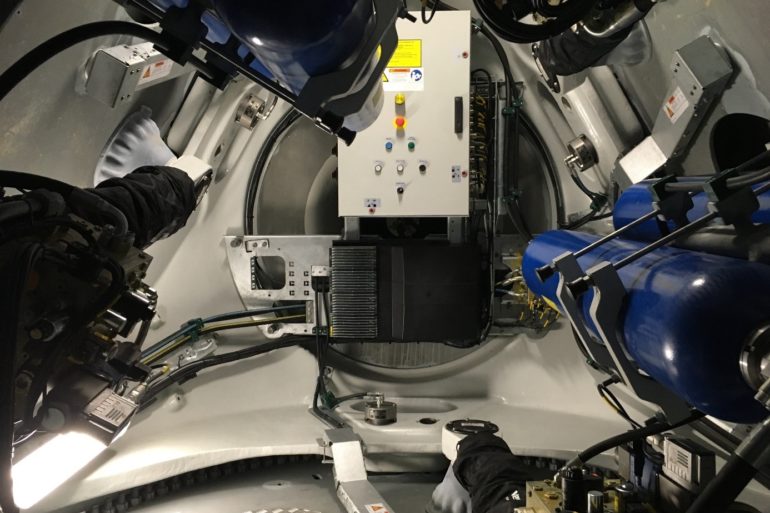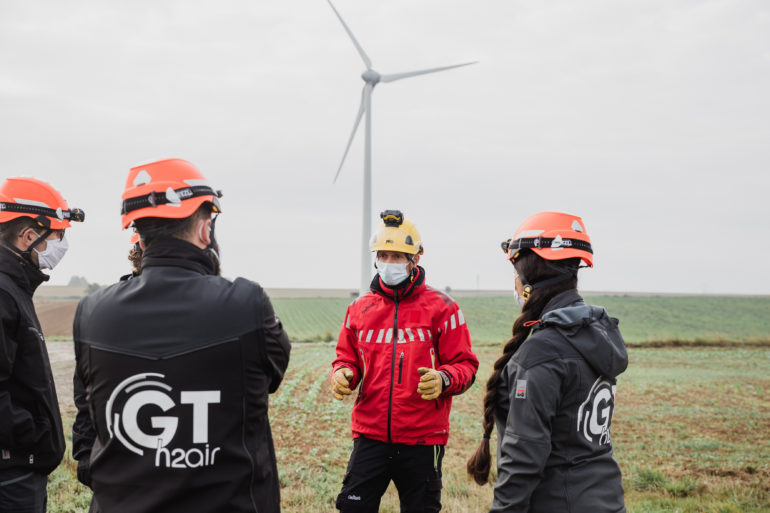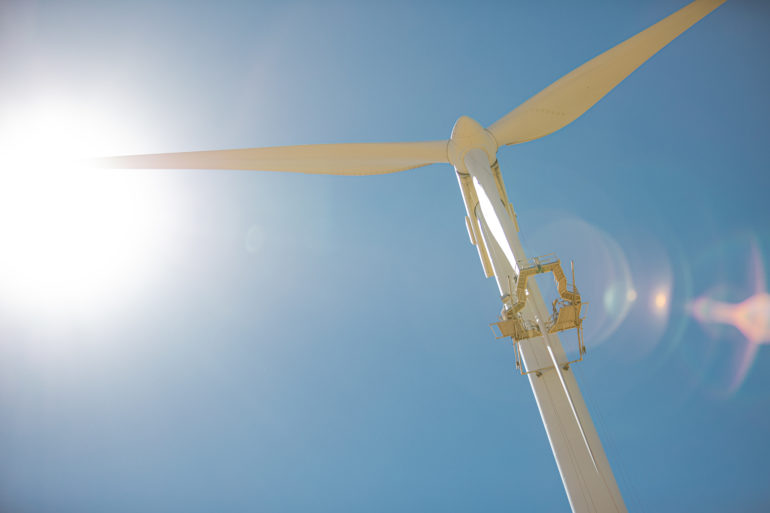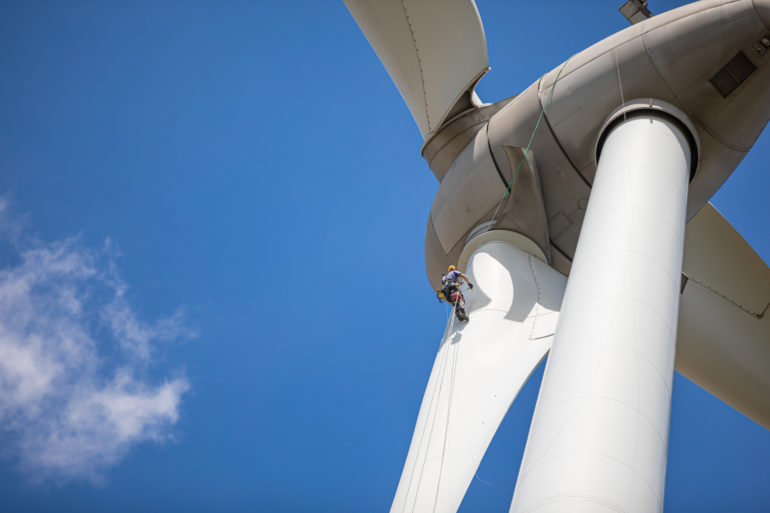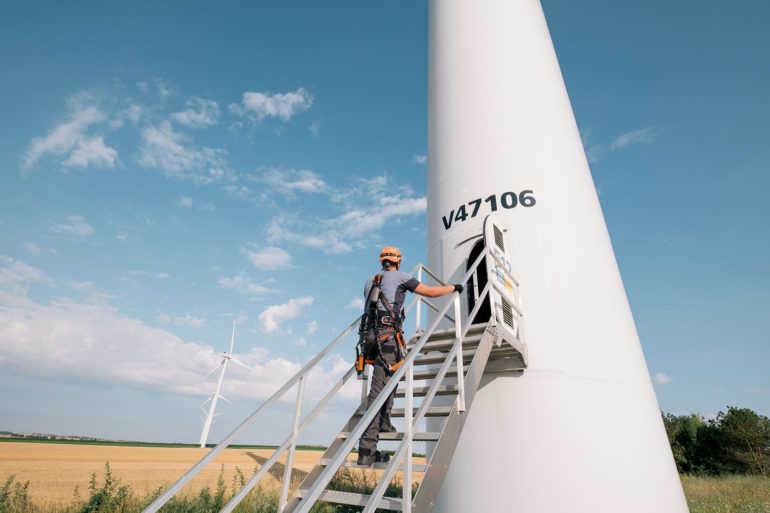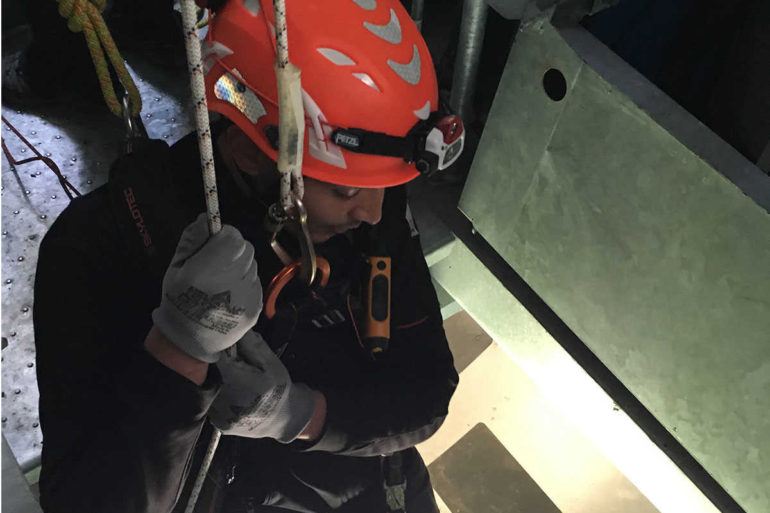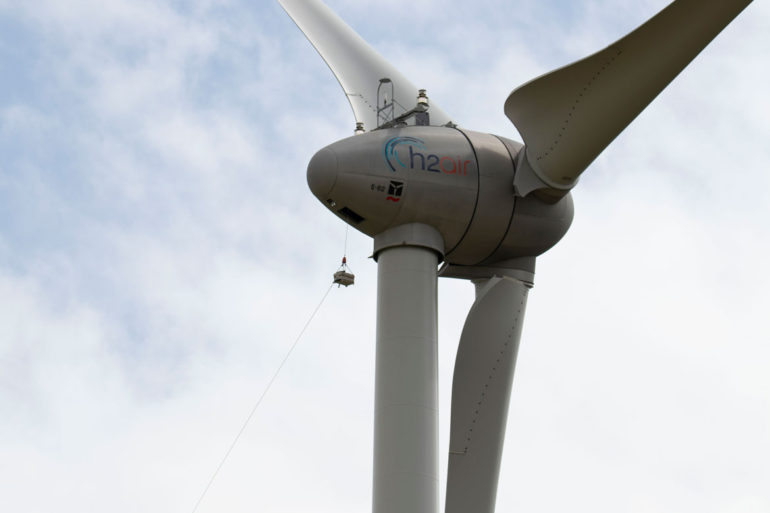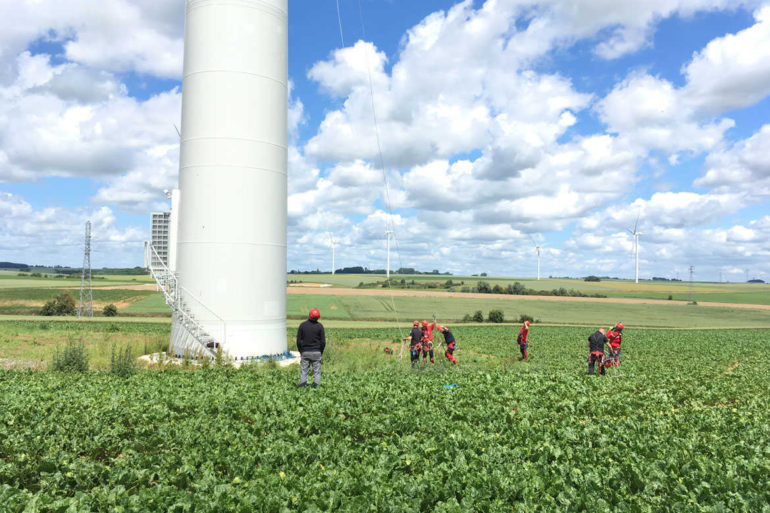H2air GT has invested in the integration of its own monitoring and control center with a dedicated team. This new Operation Control Center (OCC) service enhances the digitalisation of operational services and optimises the performance of your renewable energy parks.
Processing information in real time
With its dedicated tool, H2air GT has access to aggregated data on the status of distribution networks, machines, electricity markets, etc., enabling it to be more responsive and anticipatory.
Strengthening cyber security
Controlling the connection of our assets gives us the tools we need to manage cyber risks, in compliance with the European NIS 2 directive, to which companies in the energy sector in particular are subject.
Improving the safety of people and property
Wind farms are subject to ICPE (Installations Classified for Environmental Protection) regulations. Our monitoring and control center ensures a rapid, coordinated response in the event of an emergency. It also improves the safety of our teams.
Reducing environmental impact
The protection of avifauna in wind farms requires the observance of special protection protocols. Our monitoring and control centre ensures that these guidelines are strictly applied with a high level of responsiveness. For example, if a farmer starts work that attracts birds of prey, we can stop the wind turbines to limit the risk of collision.
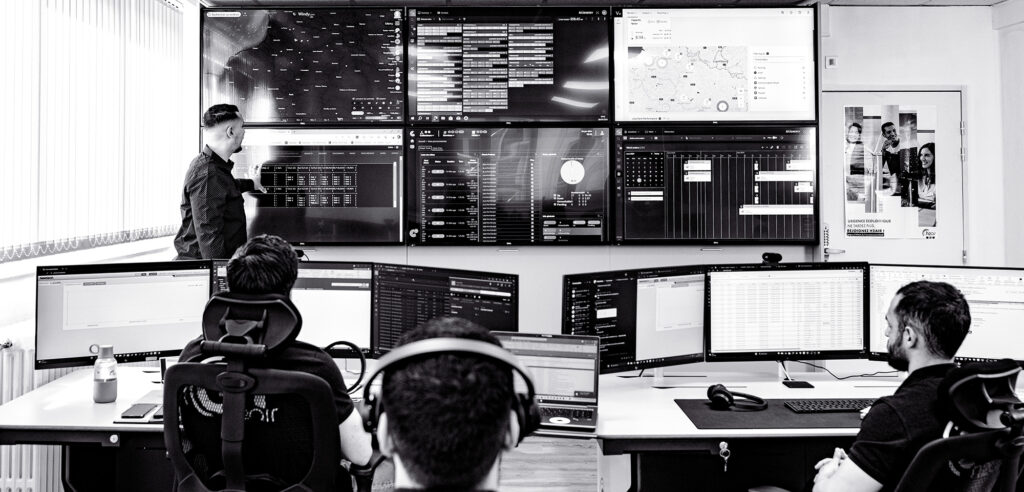
Customized software
We use ESPX software, published by BaxEnergy:
- This software is scalable and allows us to integrate our customers’ future assets (solar, storage, hydrogen) and information from a range of external feeds, such as APIs (application programming interfaces). We can merge information sources (weather, energy metering, planning, etc.), define reporting functionalities according to our needs, analyse the large amount of data available, etc.
- Control and administration of the integrated system by an industrial IT engineer in charge of developing the software according to our customers’ needs.
A dedicated team
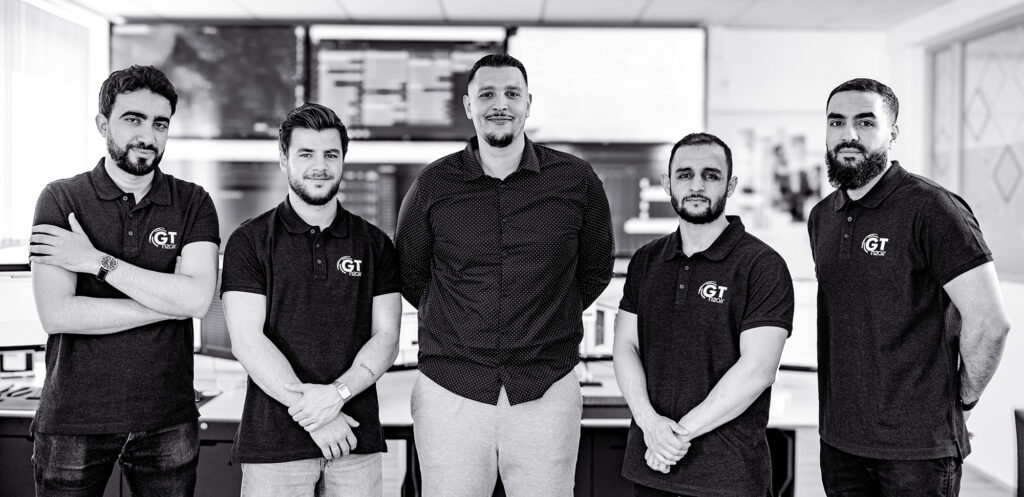
Five people monitor and operate the installations 24 hours a day, 7 days a week, backed up by an on-call team. Composed of an engineer and experienced ex-maintenance technicians, our team enhances the quality of the work carried out by the operations managers dedicated to your sites:
- By collecting and processing data directly, the operators free up the operations managers, allowing them to spend more time in the field and working with customers.
- Control operations can now be carried out on a single turbine, a group of turbines or a delivery station. A single person can perform these operations quickly.
